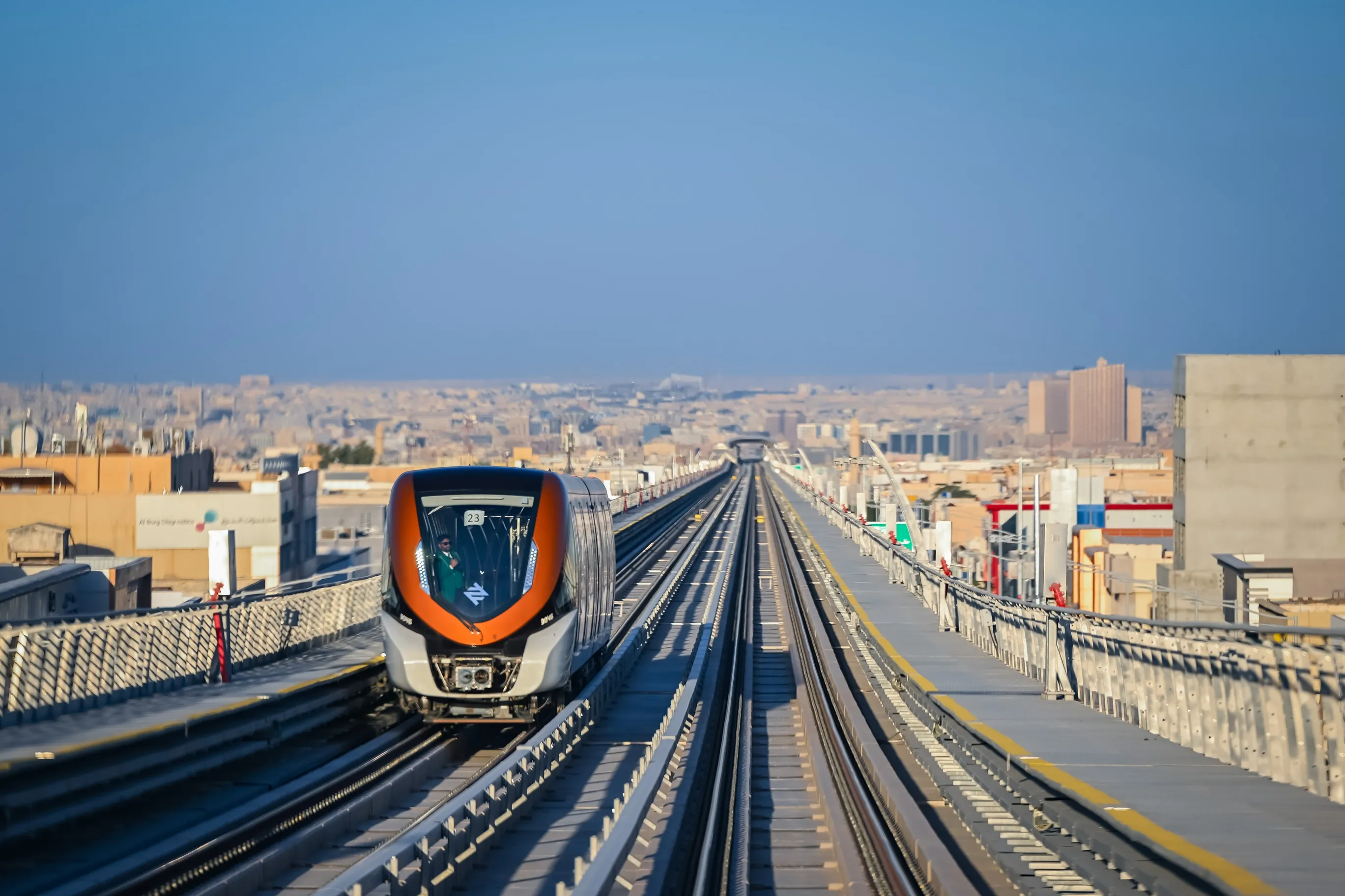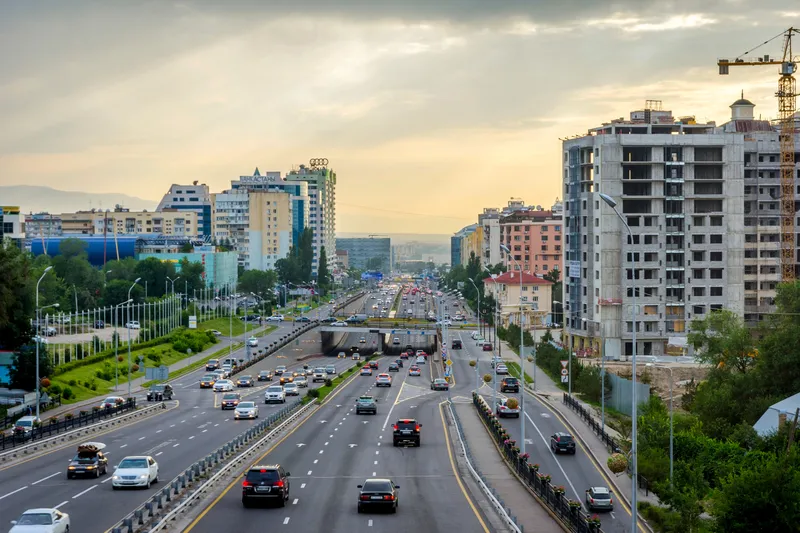Construction has begun on two-kilometre bridge spanning the Tien River in the Mekong Delta in southern Vietnam. The investment of US$145 million is funded by non-refundable aid from the Australian government, a loan from the Asia Development Bank and Vietnamese government capital.
The cable-stayed Cao Lanh Bridge, which links Cao Lanh Town and Lap Vo District in Dong Thap Province, will have four lanes for motorised vehicles to run at a speed of 80 kilometres per hour and two other lanes for non-motoris
October 25, 2013
Read time: 2 mins
Construction has begun on two-kilometre bridge spanning the Tien River in the Mekong 33 Delta in southern Vietnam. The investment of US$145 million is funded by non-refundable aid from the Australian government, a loan from the 6849 Asia development Bank and Vietnamese government capital.
The cable-stayed Cao Lanh Bridge, which links Cao Lanh Town and Lap Vo District in Dong Thap Province, will have four lanes for motorised vehicles to run at a speed of 80 kilometres per hour and two other lanes for non-motorised vehicles. Once completed in 2017, the bridge is expected to be used by 170,000 people a day.
The Cao Lanh Bridge is the single largest Australian aid activity on mainland Southeast Asia. It is one of three infrastructure projects that make up the broader Central Mekong Delta Connectivity Project, comprising two high cable-stayed bridges with a combined length of five kilometres and an additional 25 kilometres of connecting roads.
“The Cao Lanh Bridge will directly benefit the lives of five million Vietnamese in the Delta by stimulating private sector investment and local industry, boosting Vietnam’s exports, and improving access to social and health services,” Senator Brett Mason, Australia's Parliamentary Secretary to the Minister for Foreign Affairs, said at the groundbreaking ceremony.
The cable-stayed Cao Lanh Bridge, which links Cao Lanh Town and Lap Vo District in Dong Thap Province, will have four lanes for motorised vehicles to run at a speed of 80 kilometres per hour and two other lanes for non-motorised vehicles. Once completed in 2017, the bridge is expected to be used by 170,000 people a day.
The Cao Lanh Bridge is the single largest Australian aid activity on mainland Southeast Asia. It is one of three infrastructure projects that make up the broader Central Mekong Delta Connectivity Project, comprising two high cable-stayed bridges with a combined length of five kilometres and an additional 25 kilometres of connecting roads.
“The Cao Lanh Bridge will directly benefit the lives of five million Vietnamese in the Delta by stimulating private sector investment and local industry, boosting Vietnam’s exports, and improving access to social and health services,” Senator Brett Mason, Australia's Parliamentary Secretary to the Minister for Foreign Affairs, said at the groundbreaking ceremony.










